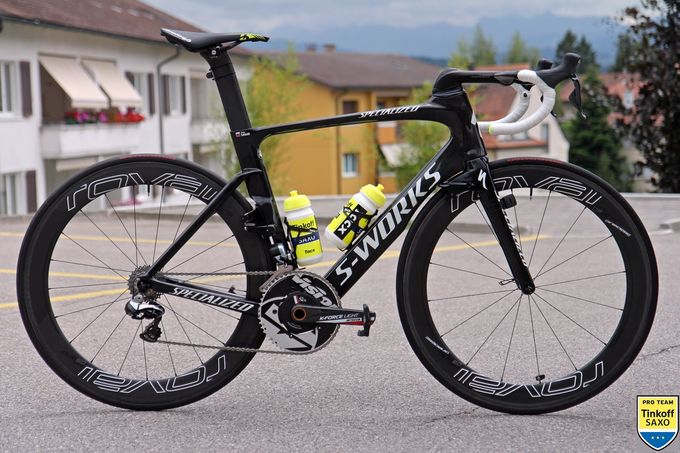This week I’ve been messing around with Di2. Actually, messing around isn’t really the way to put it, I suppose the technical term would be that I’ve been installing Di2 on a bike.
Despite having more bits to install than on a mechanical groupset, getting Di2 up and running is pretty easy and, in fact, how hard the task is has far more to do with the complexity of the internal routing of your frameset than the components themselves – but that’s a discussion for a different day.
Anyway, the point is that setting up the bike should be simple. No matter what drivetrain you’re running, the rear derailleur goes on its hanger, the front derailleur attaches to the seat tube, shifters go on the bars and brakes need to stop the wheels. As an aside, If you’re going to mess one bit up don’t let it be the brakes, those are always worth checking twice. You might laugh, but I know a guy who once forgot to reattach his front brake after some maintenance and ended up going through a hedge at the bottom of a hill. Not smart.







